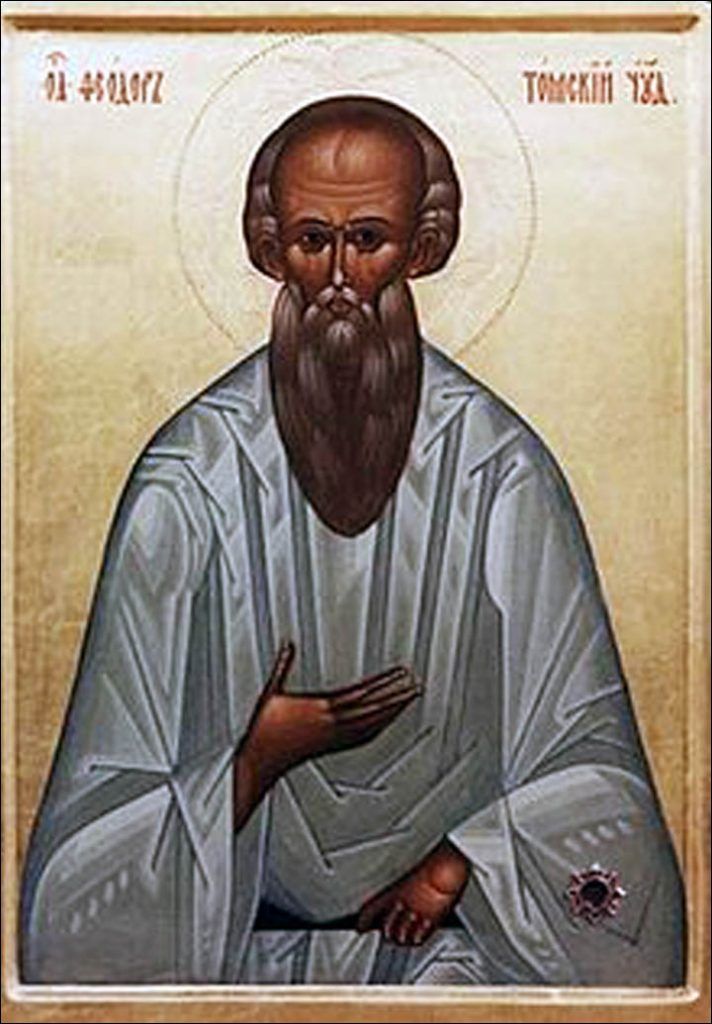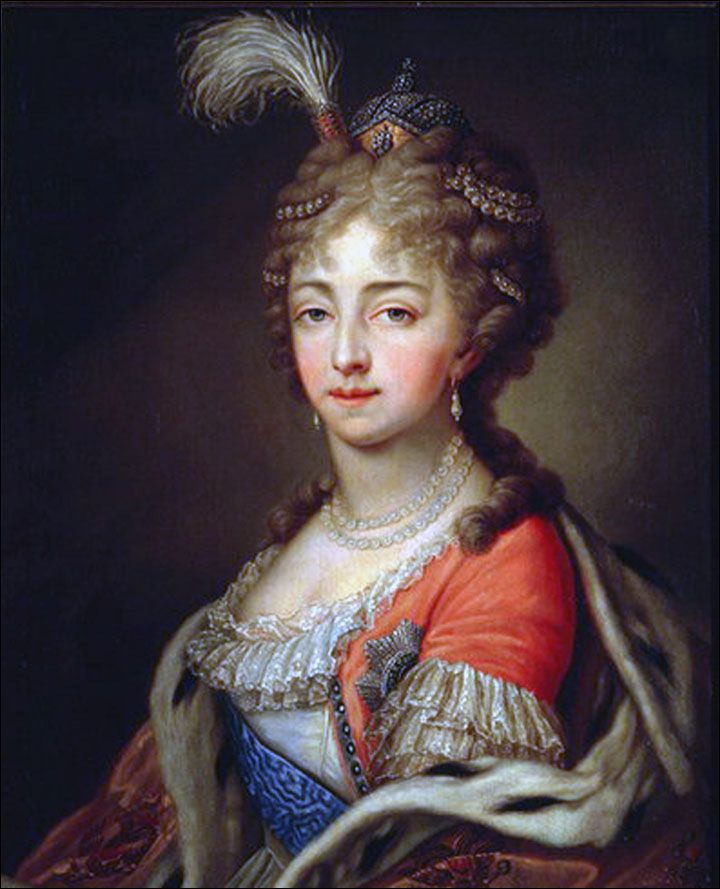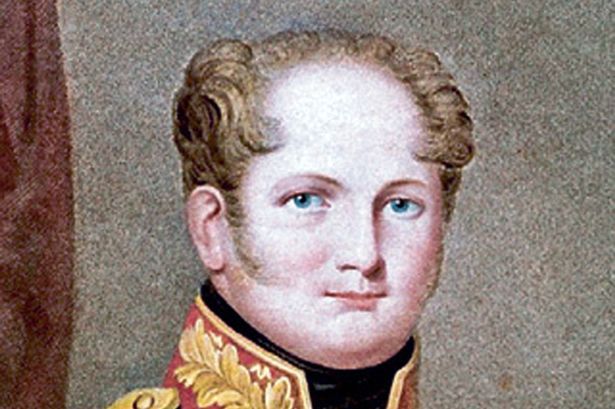
A Russian Tsar may have staged his own death nearly 200 years ago in order to live under a new identity.
Emperor Alexander I, ruled Russia for nearly a quarter of a century with some success. He took over the role after the killing of his father, Pavel I, in 1801. Alexander I was responsible for successfully defeating Napoleon at Leipzig in 1813 after the French army’s retreat from Russia in the cold winter of 1812. The would be monk was the first Russian Sovereign to rule over Poland and Finland. The Russian ruler supposedly died of typhus at the age of 47.
Now handwriting experts have revealed that Alexander I shared the same handwriting characteristics as a monk who appeared twelve years after the Emperor’s supposed death. Siberian monk, Feodor Kuzmich arrived on the scene out of the blue without any history but with all the characteristics of Alexander I.
It was noted during the Emperor’s rule that he sought a life of solitude. Considering that the Empress also died a year later at a young age, the theory is that they both plotted to leave the limelights and look for the light within. Empress Elizabeth is also thought to have faked her own death and became the nun known as Silent Vera.
Russia Insider report:

BYPASS THE CENSORS
Sign up to get unfiltered news delivered straight to your inbox.
You can unsubscribe any time. By subscribing you agree to our Terms of Use
The finding is according to new research which is believed to show that Alexander I didn’t perish of disease, but lived another 39 years as an Orthodox monk in Siberia.
New analysis comparing the handwriting of Alexander I and holy man Feodor Kuzmich suggests they were one and the same person, says a Russian expert.

The royal ruler, who is perhaps best known for defeating Napoleon and swallowing Poland and Finland into the Russian empire is supposed to have died of typhus aged 47.
That was, according to historians, on December 1, 1825 in the southern city of Taganrog – and he was succeeded by his younger brother Nicholas I.
The mysterious monk – who spoke several languages and was noted for his genteel manners – appeared in the Siberian city of Tomsk 12 years later and lived there until his death in 1864.
He told people that he had been homeless and was unable to recall his past.
Alexander I’s empress, Elizabeth, who he wed when she was 14 and he a year older, passed away a few months after him.
There is a separate theory that her death was also faked, and that she subsequently became a nun known as Silent Vera.
Even in tsarist times there was speculation as to the identity of the mysterious monk, who became known as Feodor Tomsky, after the Siberian city where he took up residence, with writer Leo Tolstoy highlighting the theory that he was, in fact, the former tsar.
Now Svetlana Semyonova, president of Russian Graphological Society, has concluded from handwriting samples that “it was one and the same man”.
The writing of both men shared an “unusual style”, she said, according to The Siberian Times: “I was given a handwritten by Alexander I at the age of 45, and also another handwritten sample by Feodor Kuzmich.
“The only difference is that in the handwriting of an 82-year-old man we can see that he was deep in his spiritual world, arches and circles appeared in his writing.
“But key features remained the same in all works.”

Her claims were revealed at a forum in Tomsk which focused on claims that historians may have been hoodwinked by the otherwise healthy tsar’s death from sudden illness.
Professor Andrey Rachinsky, of the Paris Institute of Eastern Languages and Civilisations, said that Tsar Alexander III had a picture of the monk in pride of place alongside those of his royal predecessors in his office.
And the monk’s belongings were passed to a leading churchman close to royal family after he died.
The theory that the tsar craved a holy life as a monk is based on him seeking forgiveness for coming to power after the murder of his father, Paul I.
Historians say it is doubtful that he was directly involved in killing his father, but he was in the palace at the time, and became the direct beneficiary.
The inscrutable monk was quoted by Tolstoy as having said: “If I had not confessed the truth about myself, the heavens would have been surprised; if I had confessed it, the earth would have been surprised.”
The writer added: “Even when monk Feodor Kuzmich was alive – he came to Siberia in 1836 and lived for 27 years in various places – there were strange rumours about him that he was hiding his real name and position and that it was Emperor Alexander I.
“After the monk’s death these rumours only spread and became stronger.

“Not only common people believed them but many from the elite, including the royal family of Tsar Alexander III.
“The reasons for these rumours were the following: Alexander died unexpectedly, he did not suffer from any disease before, he died far away from home in a remote place of Taganrog, and when he was put in the coffin many who saw him, said that he changed a lot, this is why the coffin was quickly sealed.
“It was known that Alexander said and wrote that he wanted so much to leave his post and to stay away from this world.
“And one more fact which is less known is that in the official statement where Alexander’s dead body was described there was a line that his back and bottom were of dark red colour and it was hardly possible to be a true description of the body of the emperor.”
He said the monk’s and tsar’s “height and appearance” were similar with “the same kind of round shoulders”.
The monk had claimed to have been “a homeless man” who did not remember his family yet he spoke foreign languages and had “a noble way gentle with others which clearly meant that he was the person with a high position in the society”.
At his death, he is said to have left a “coded message” signed AP which matched the tsar’s name and patronymic, Alexander Pavlovich.
Edmondo Burr
CEO
Assistant Editor
Latest posts by Edmondo Burr (see all)
- Police Arrest Suspect In Supermarket Baby Food Poisoning - October 1, 2017
- Seoul Secures Data From Electromagnetic Interference By N Korea - September 30, 2017
- The ‘World’s First Internet War’ Has Begun: Julian Assange - September 30, 2017


Be the first to comment